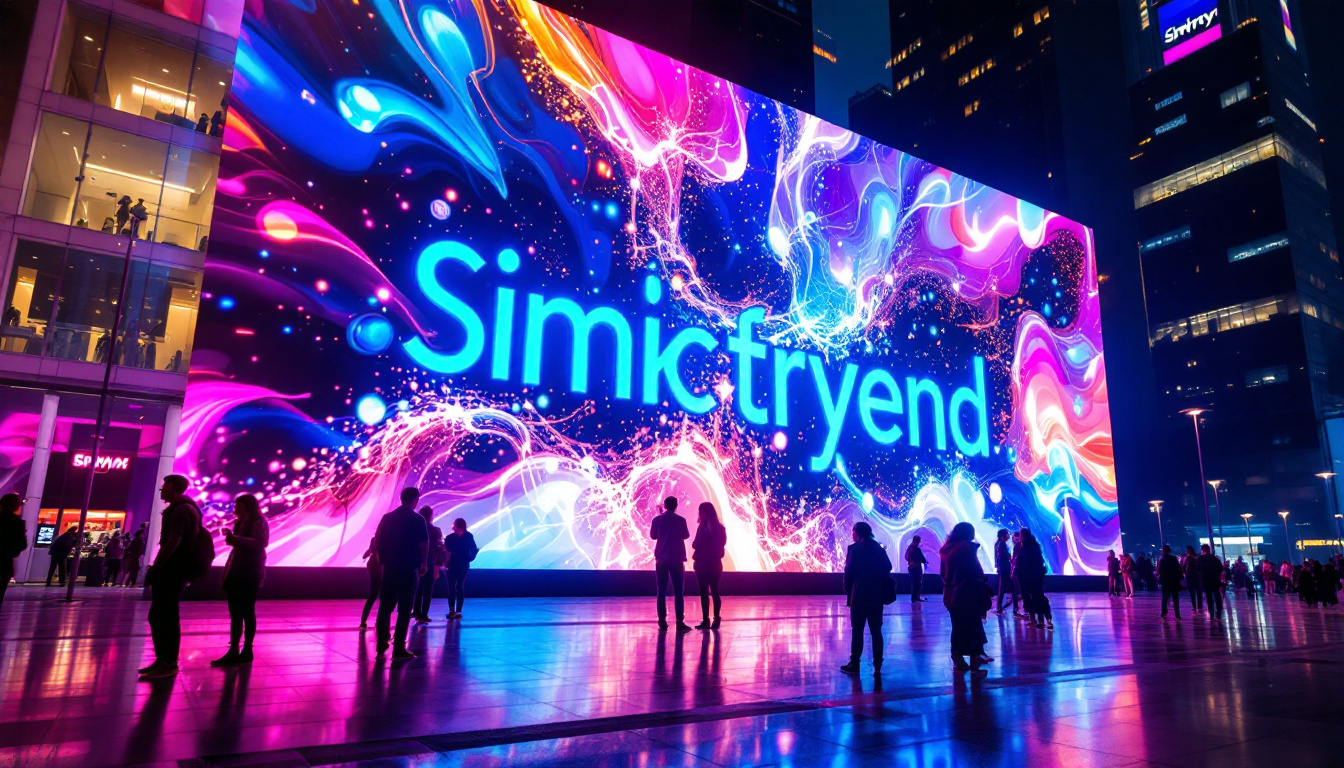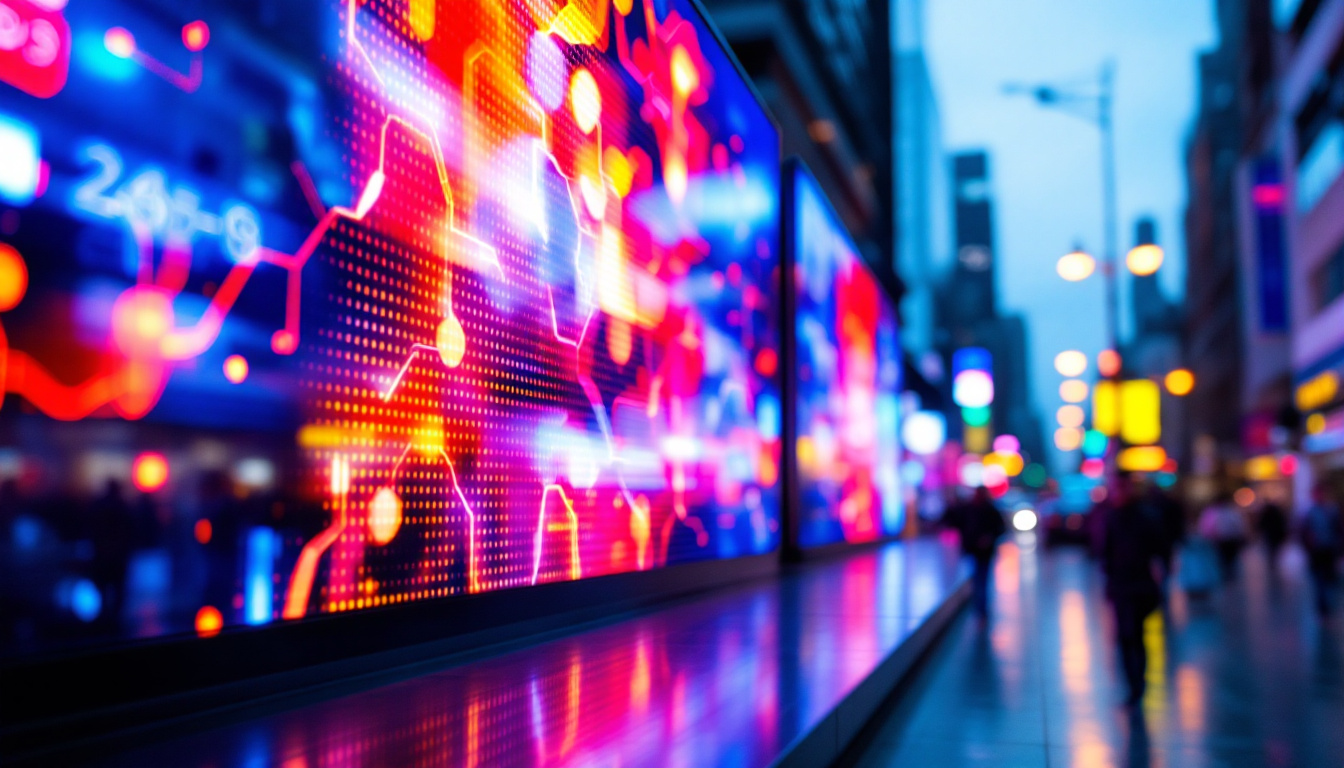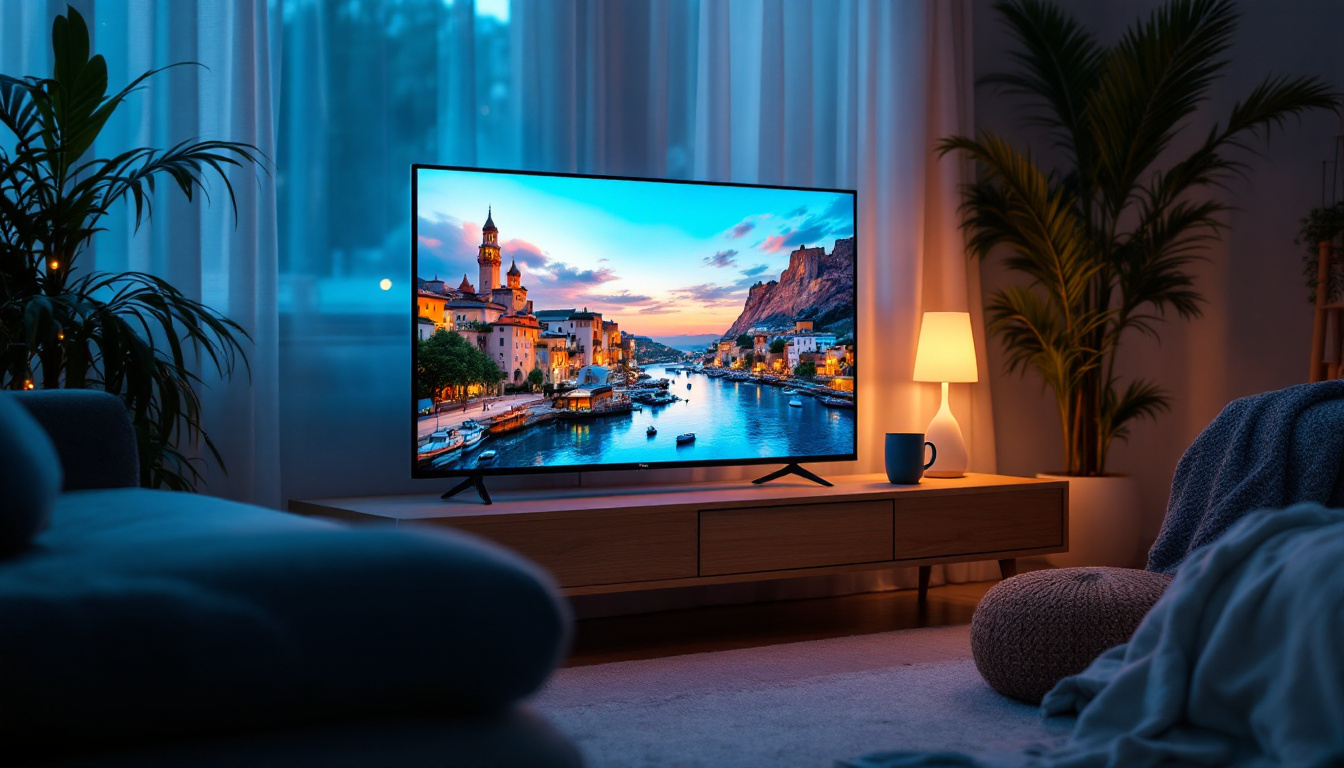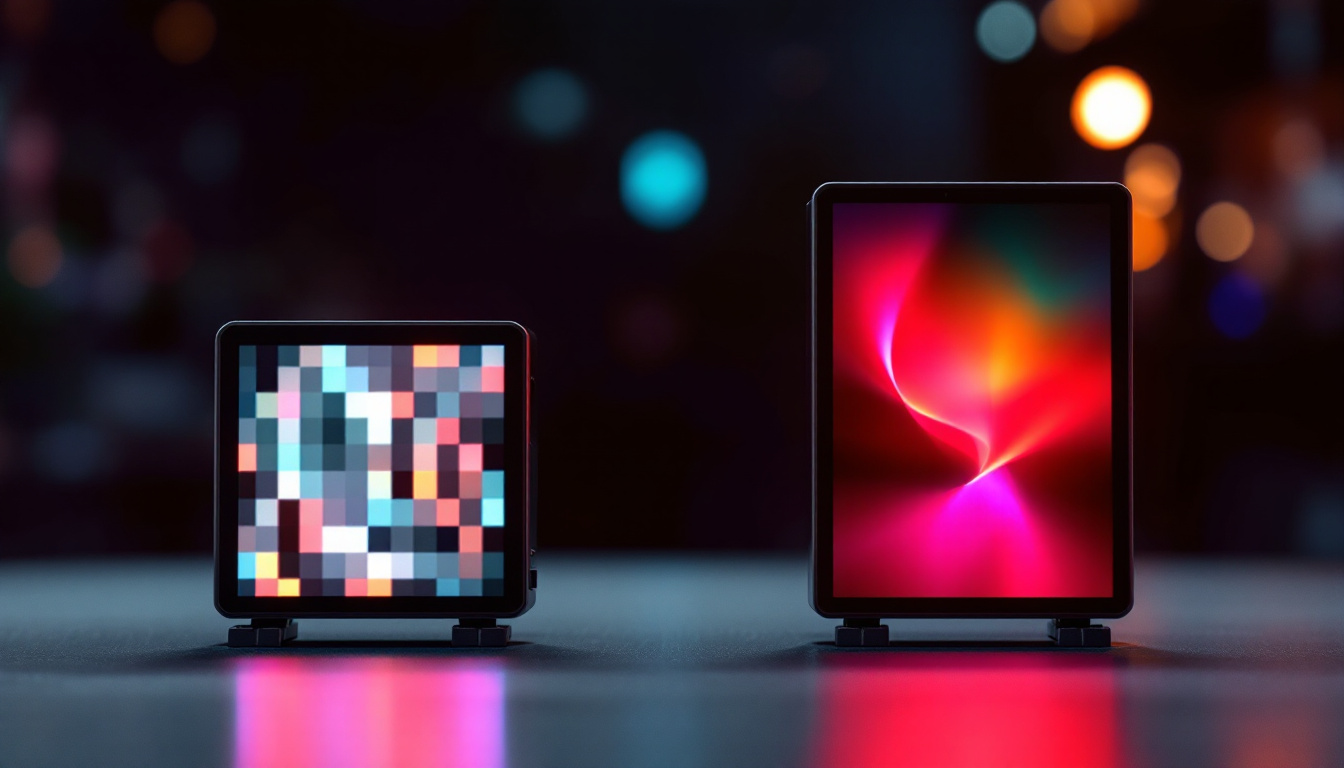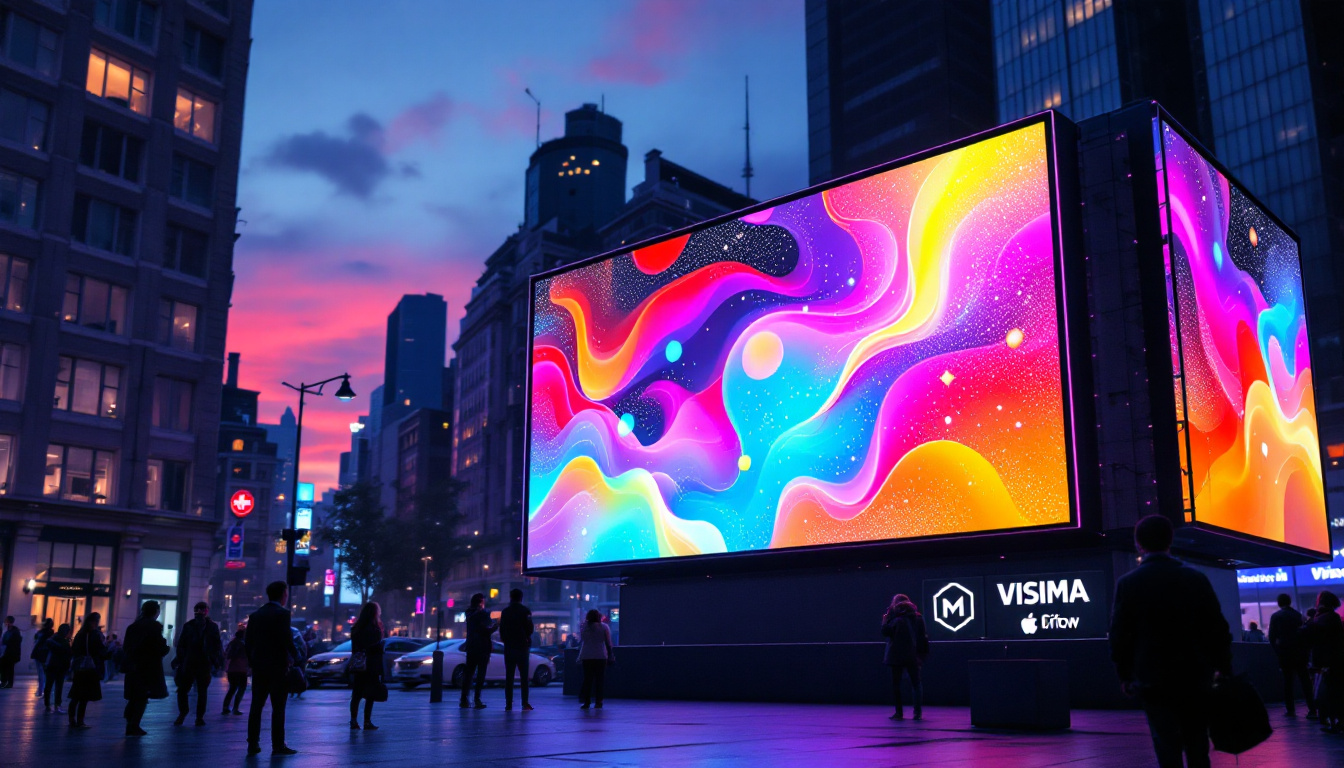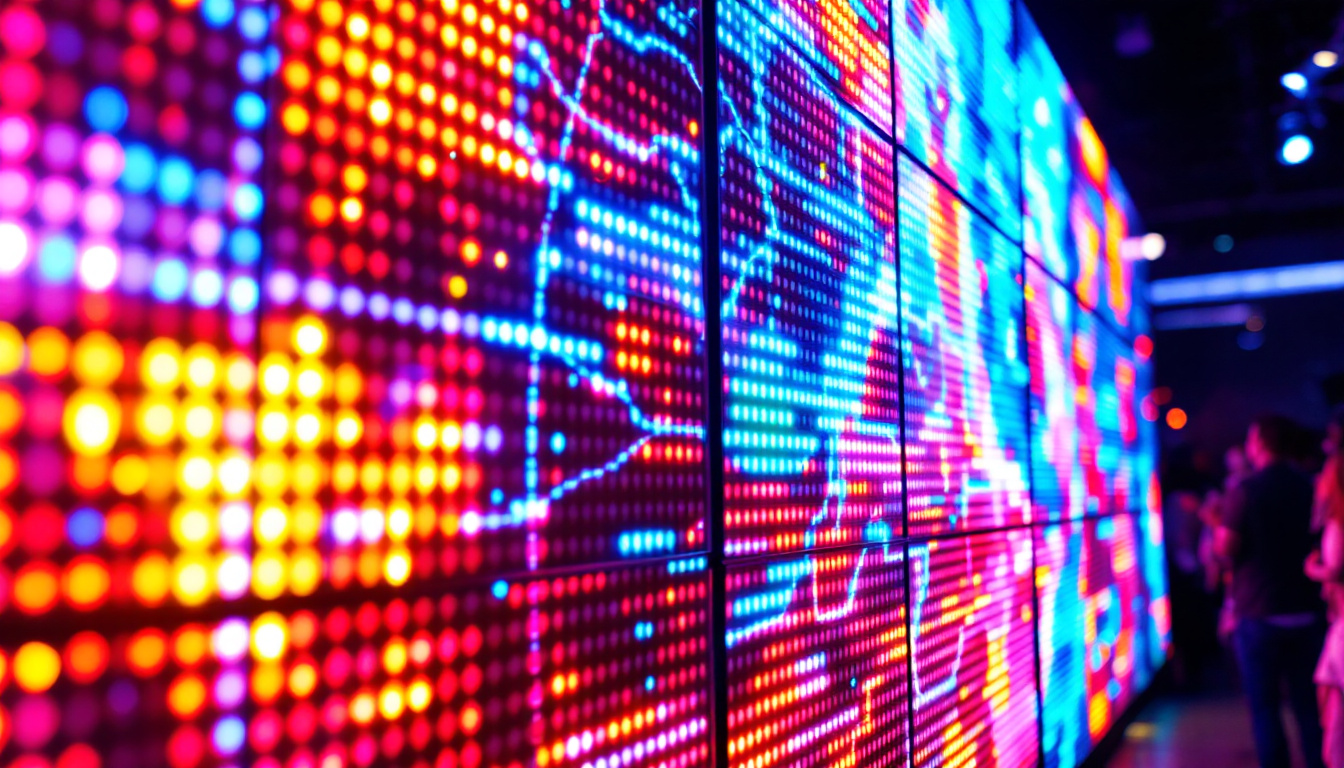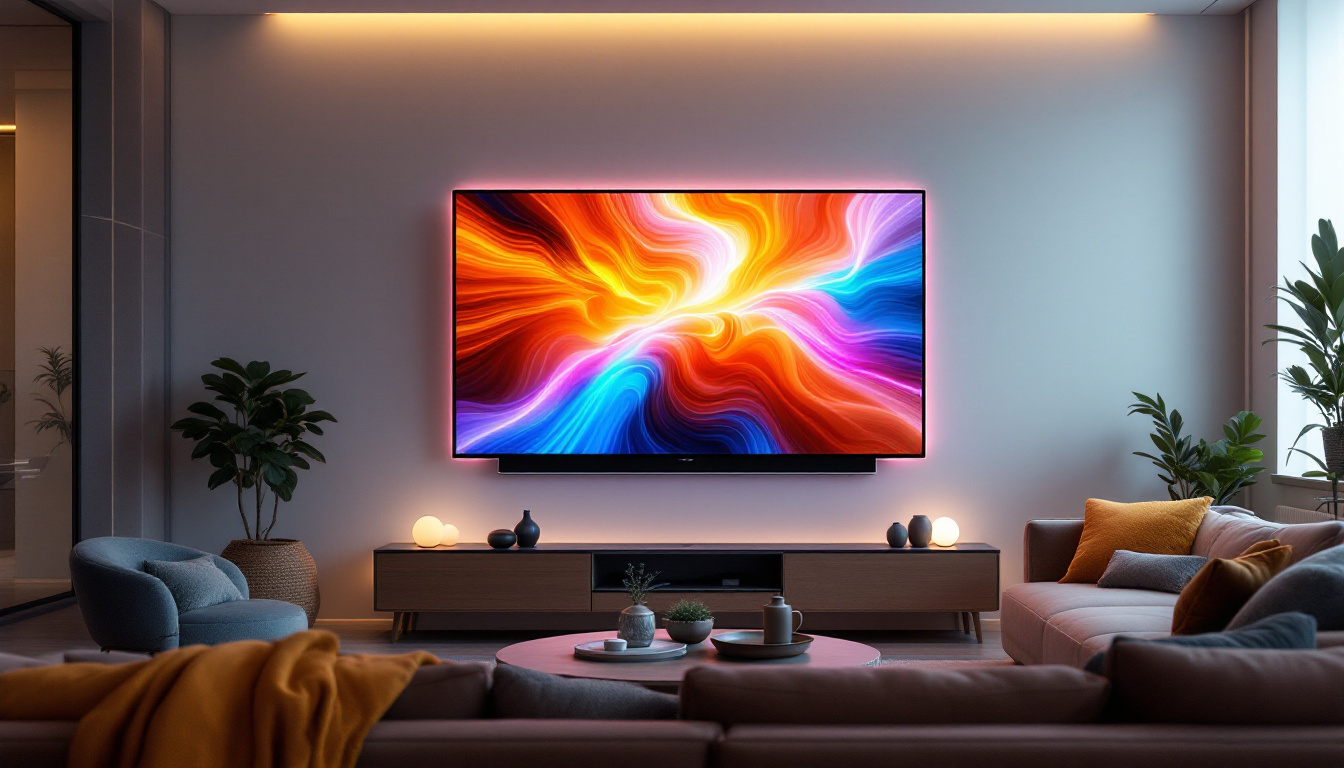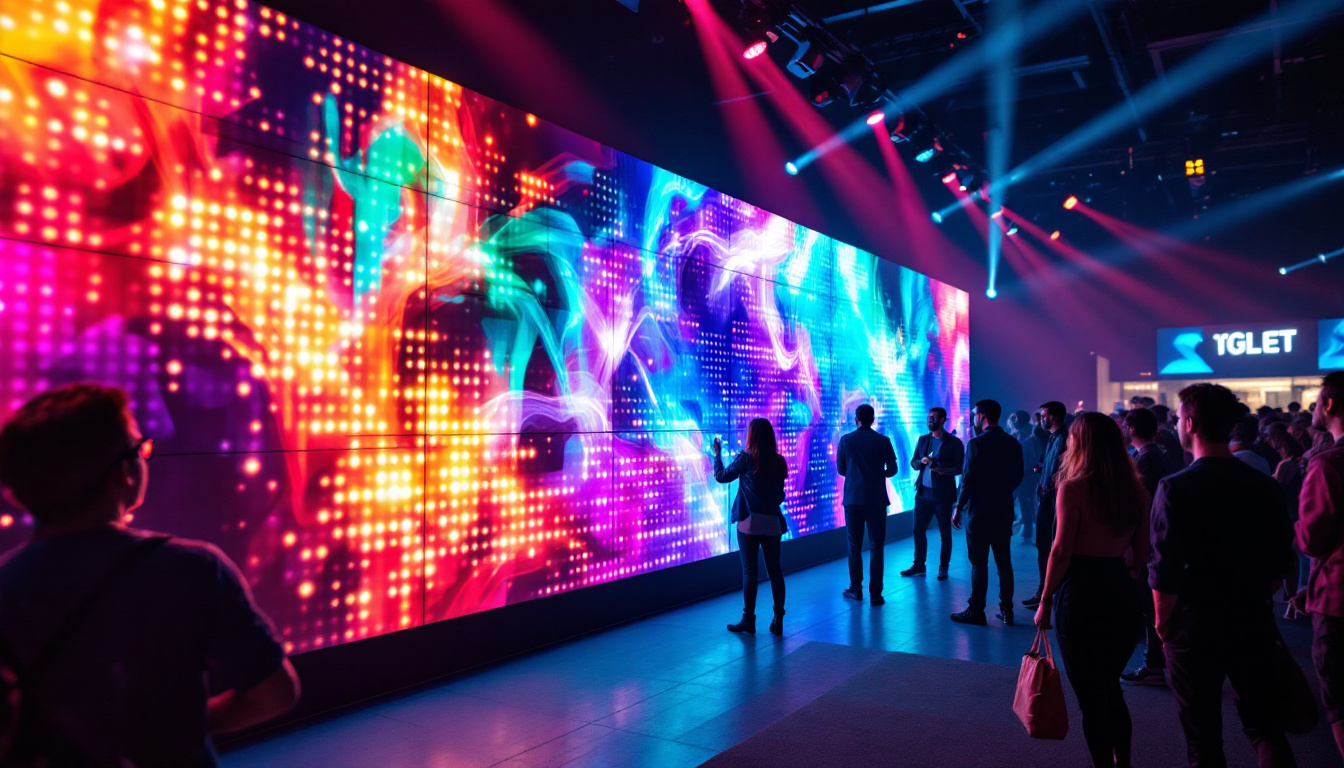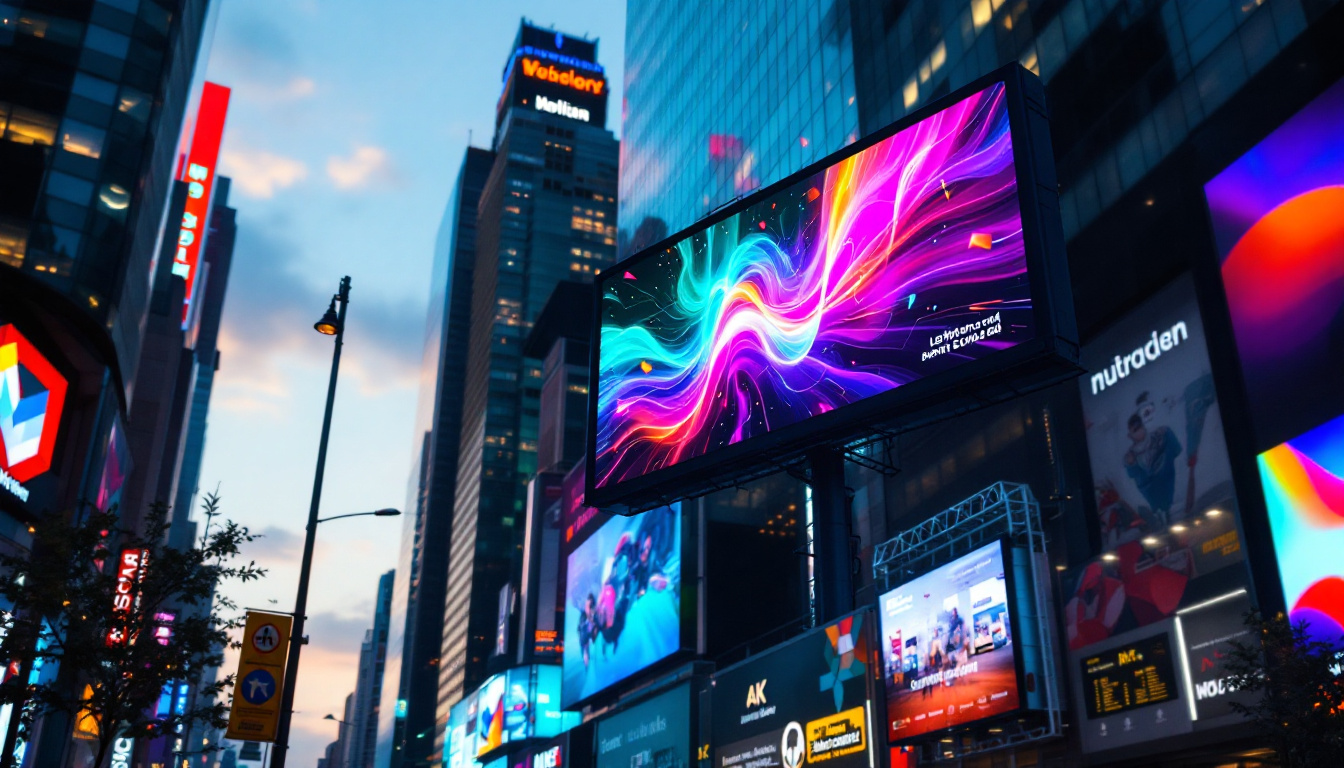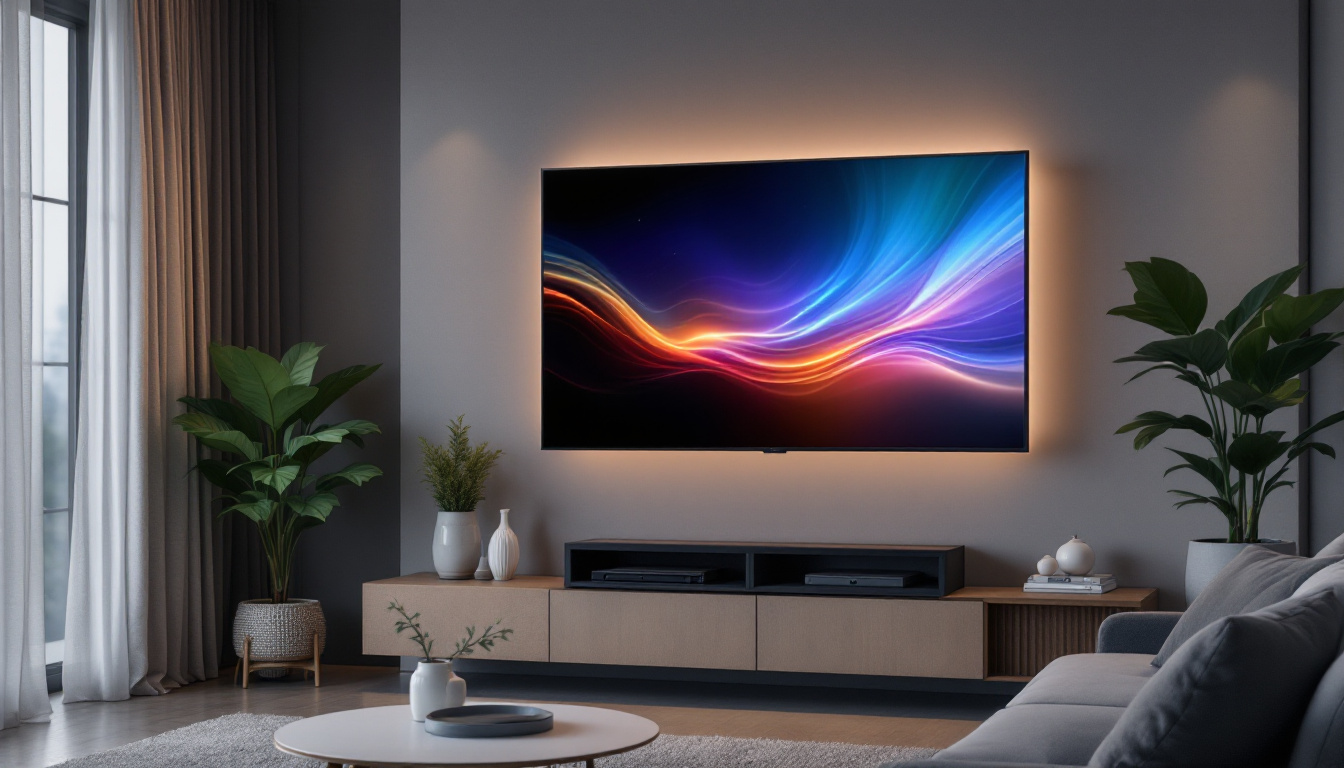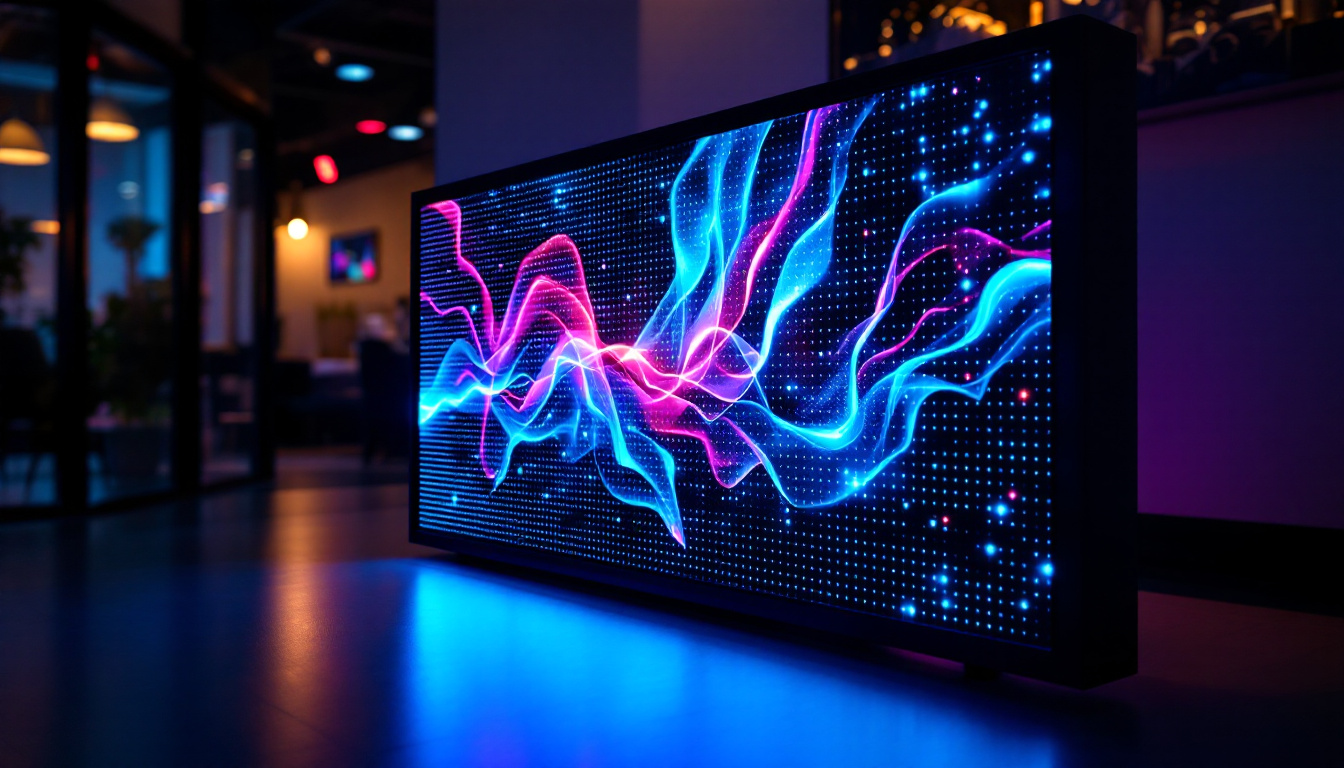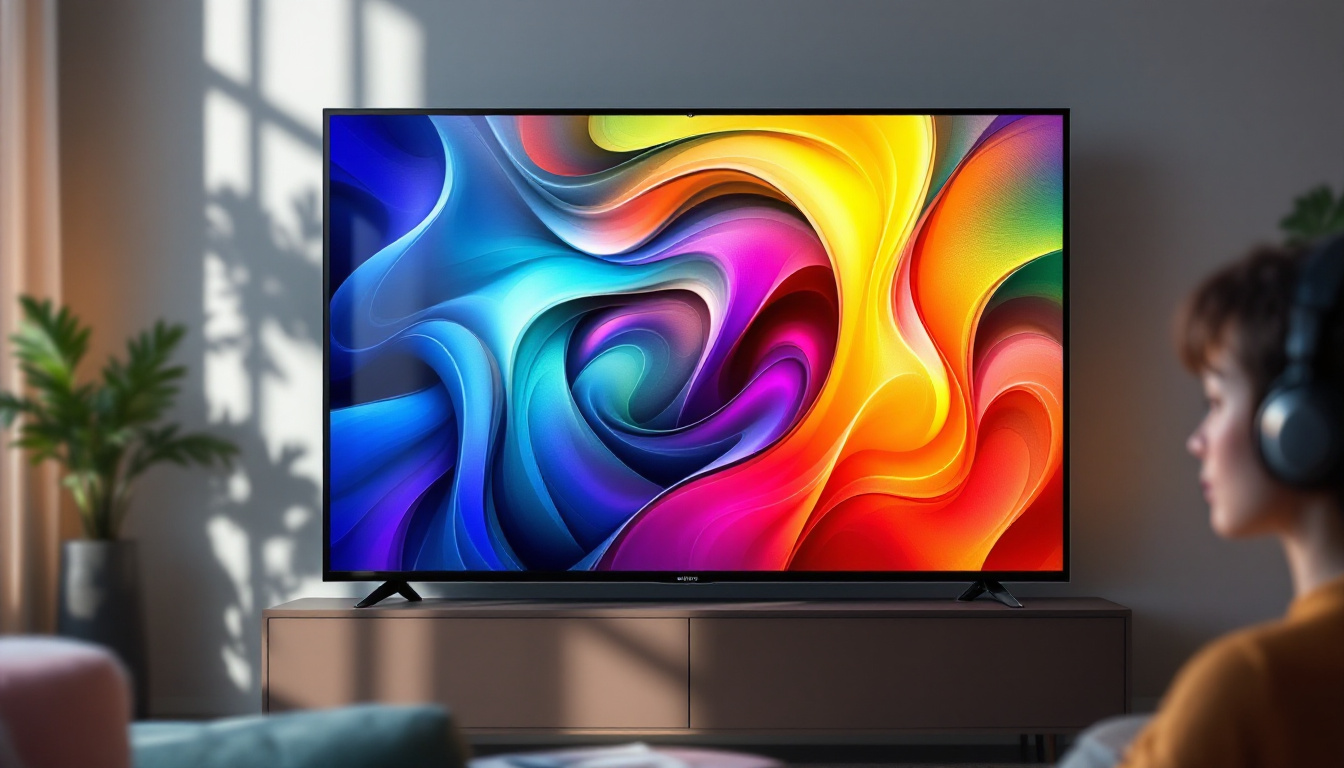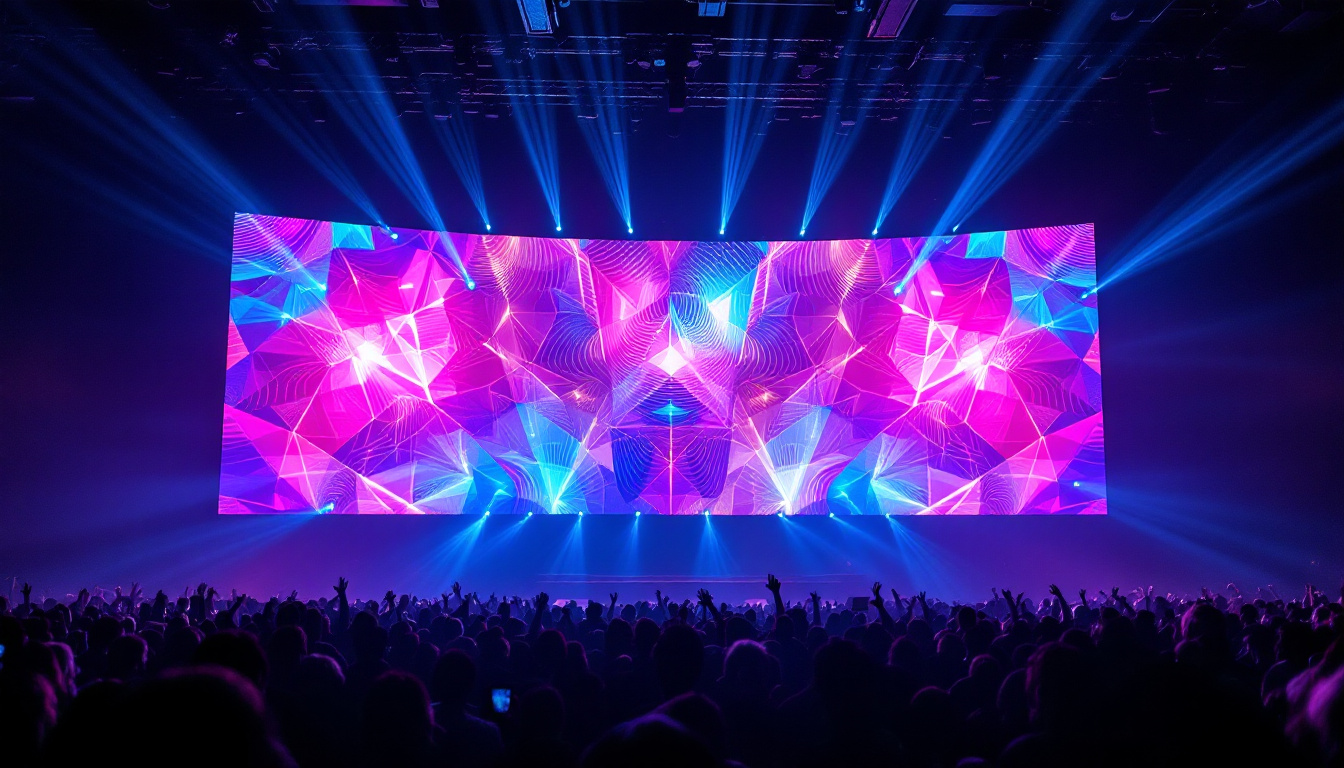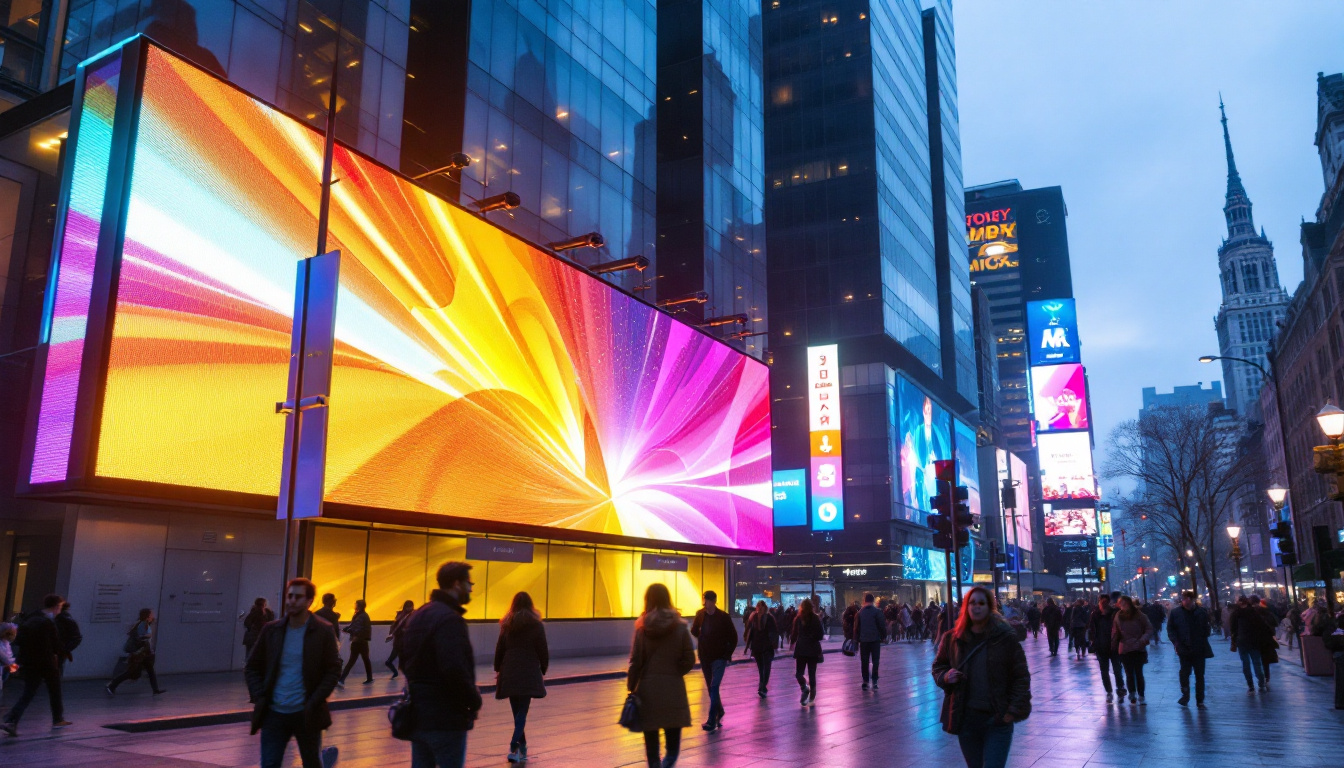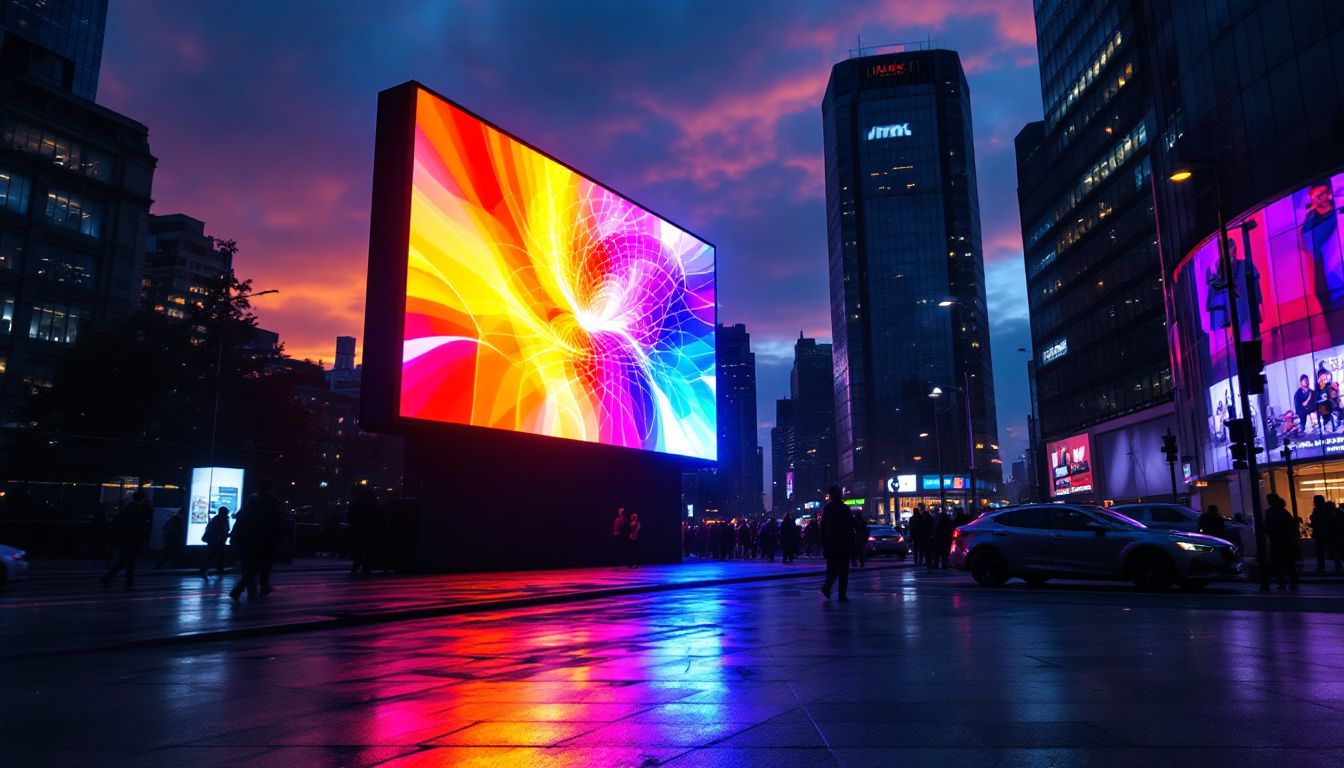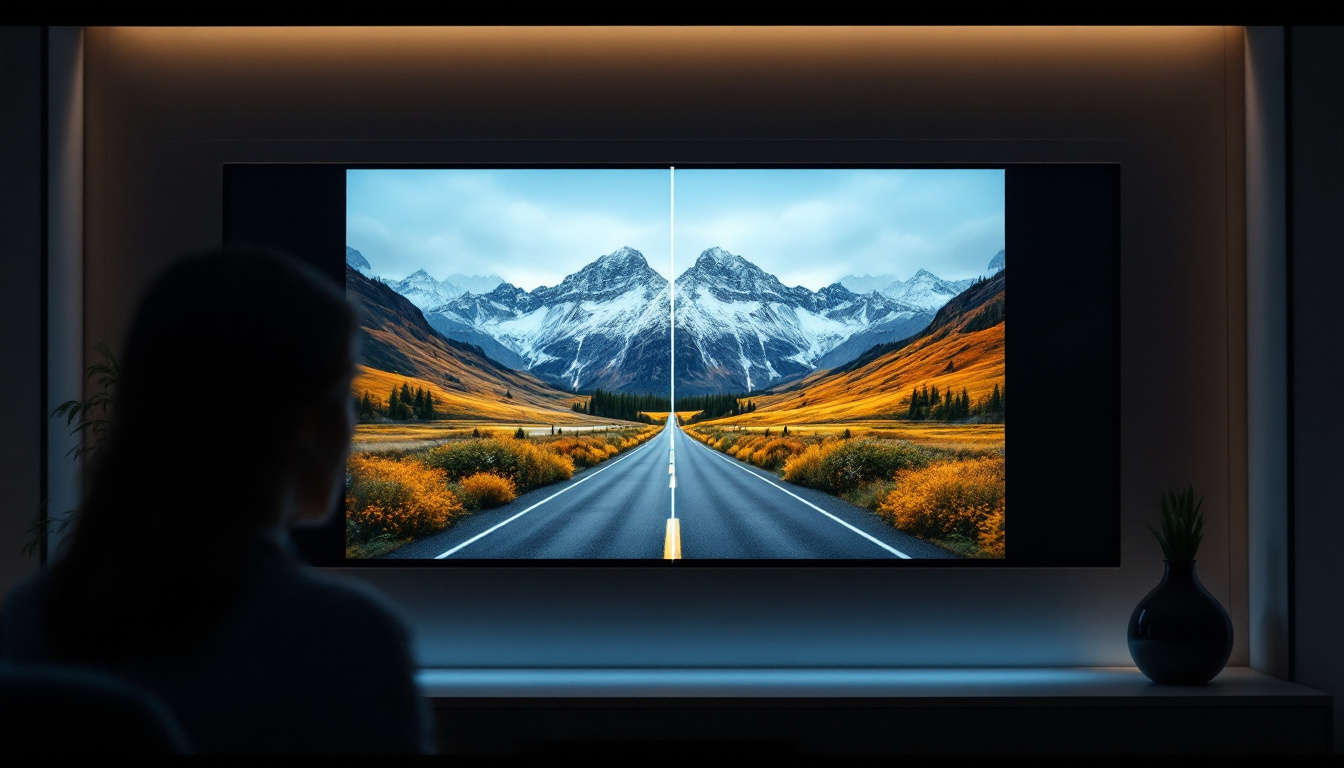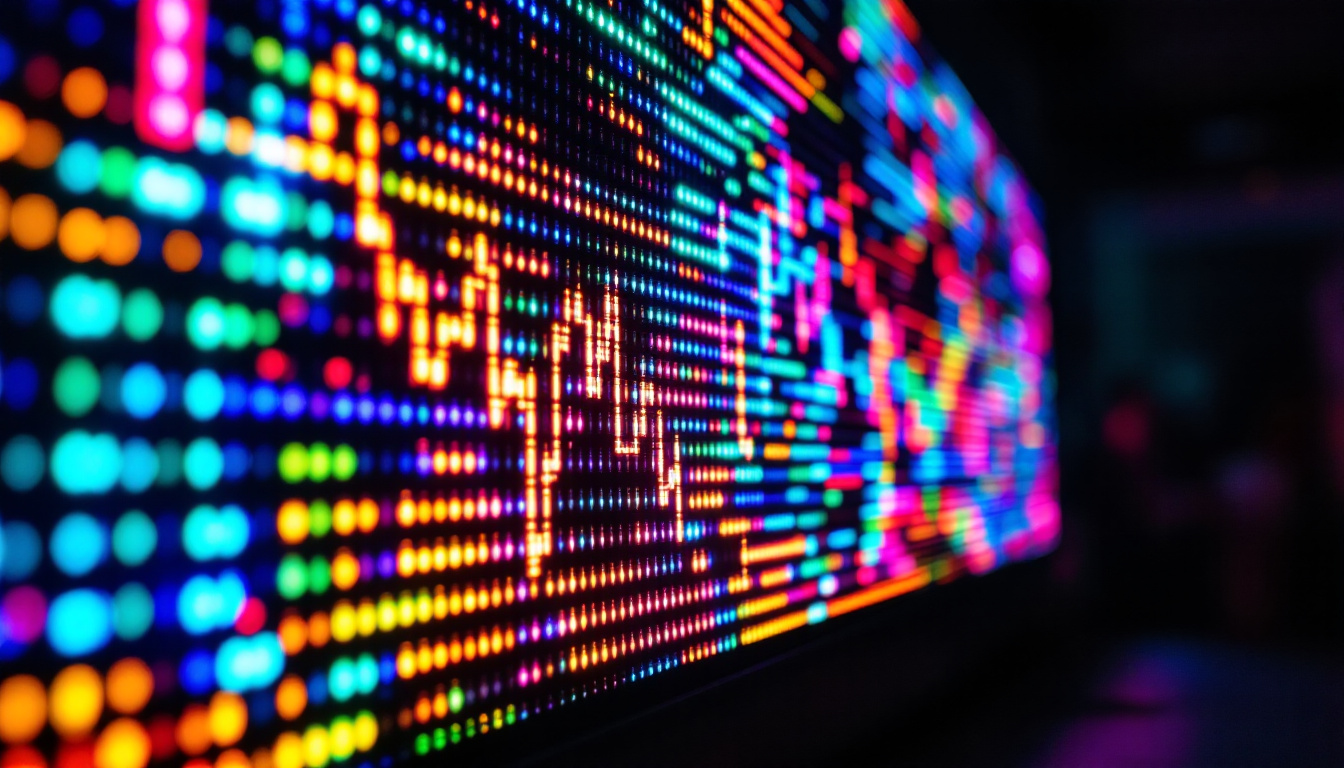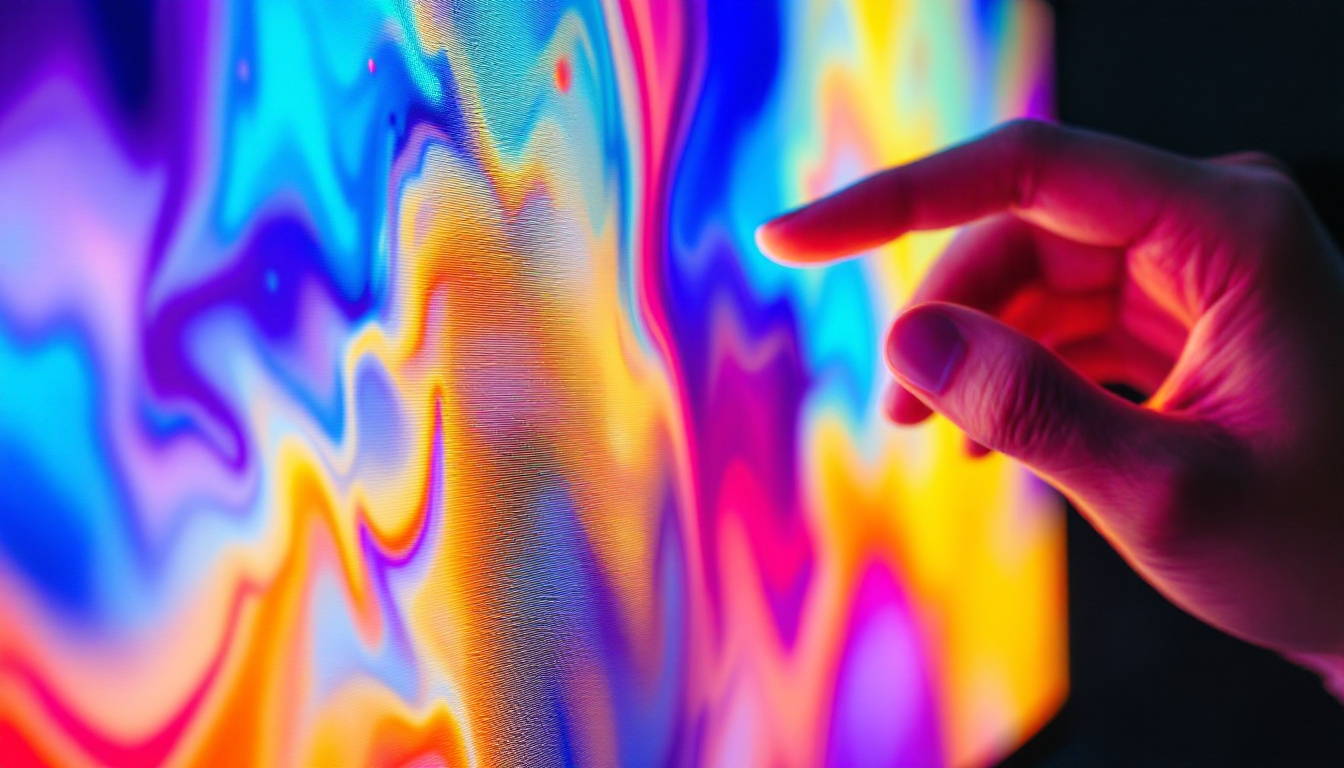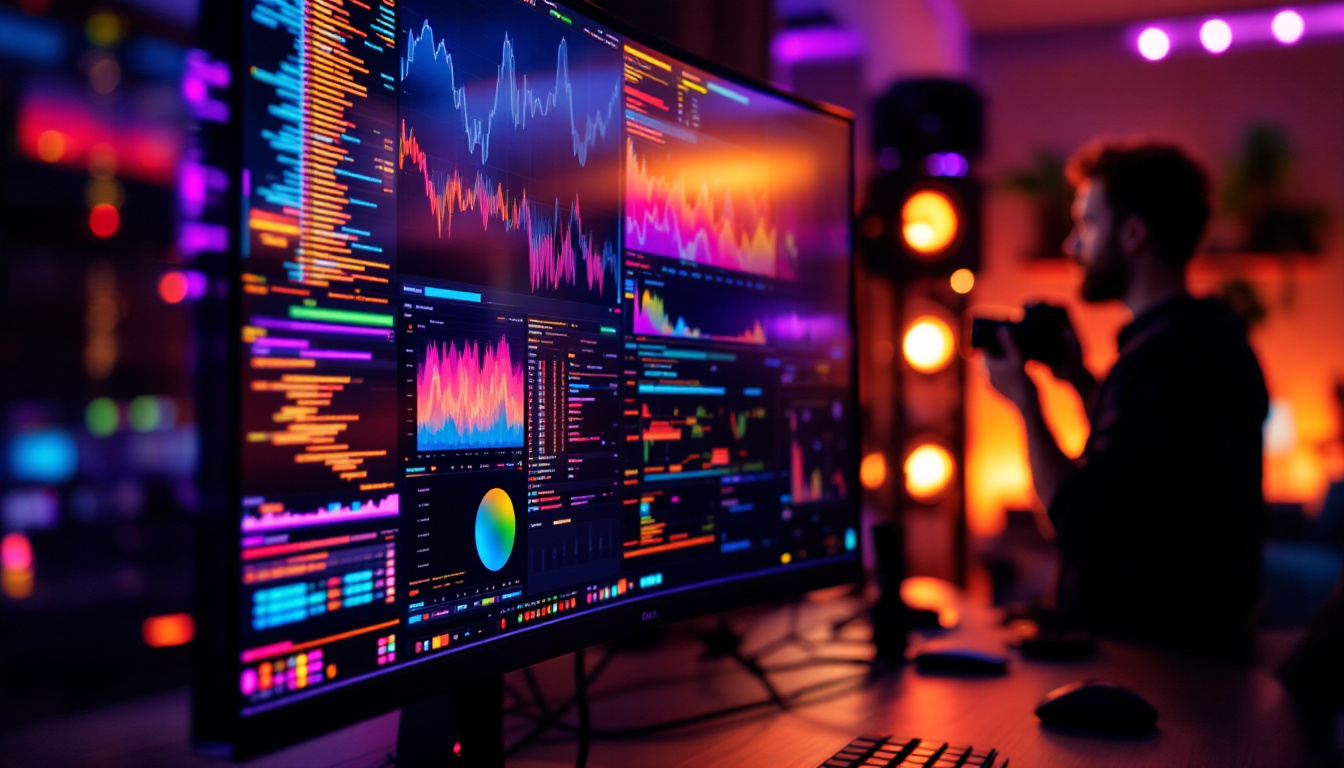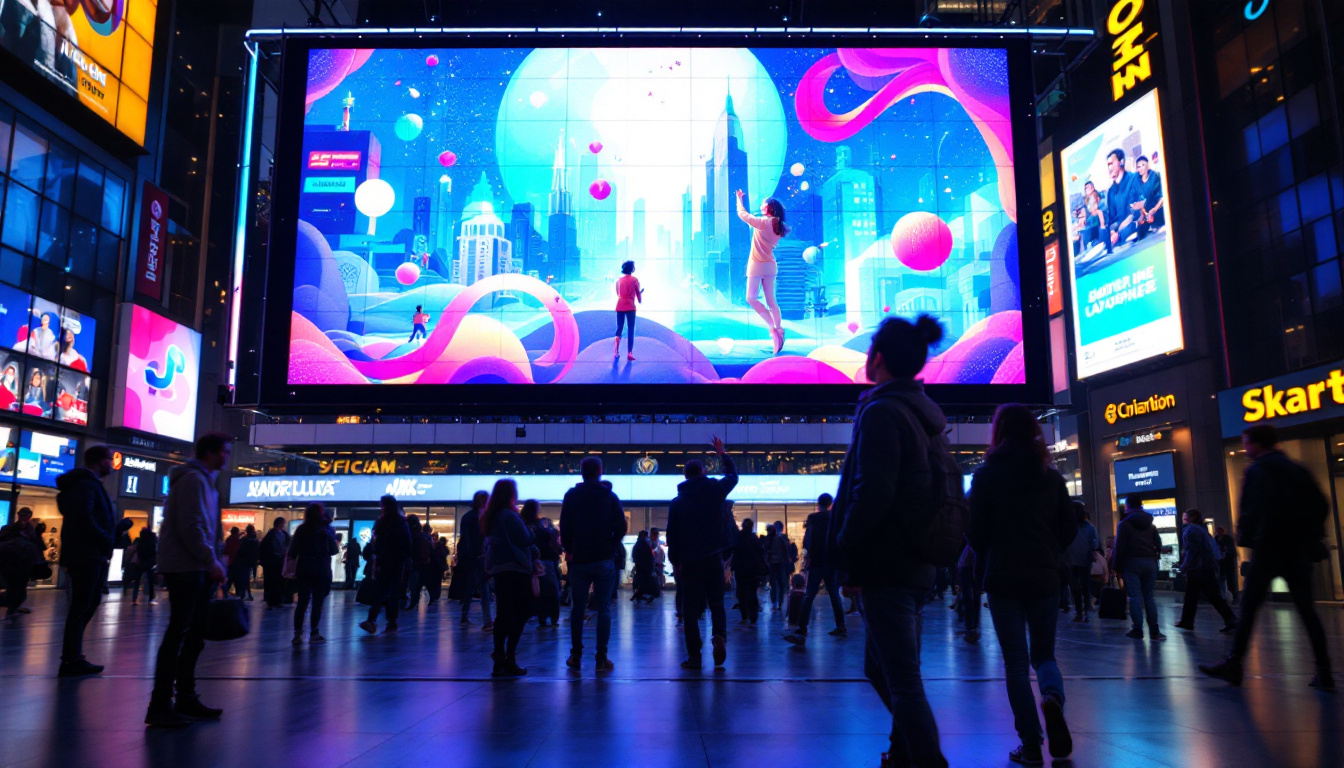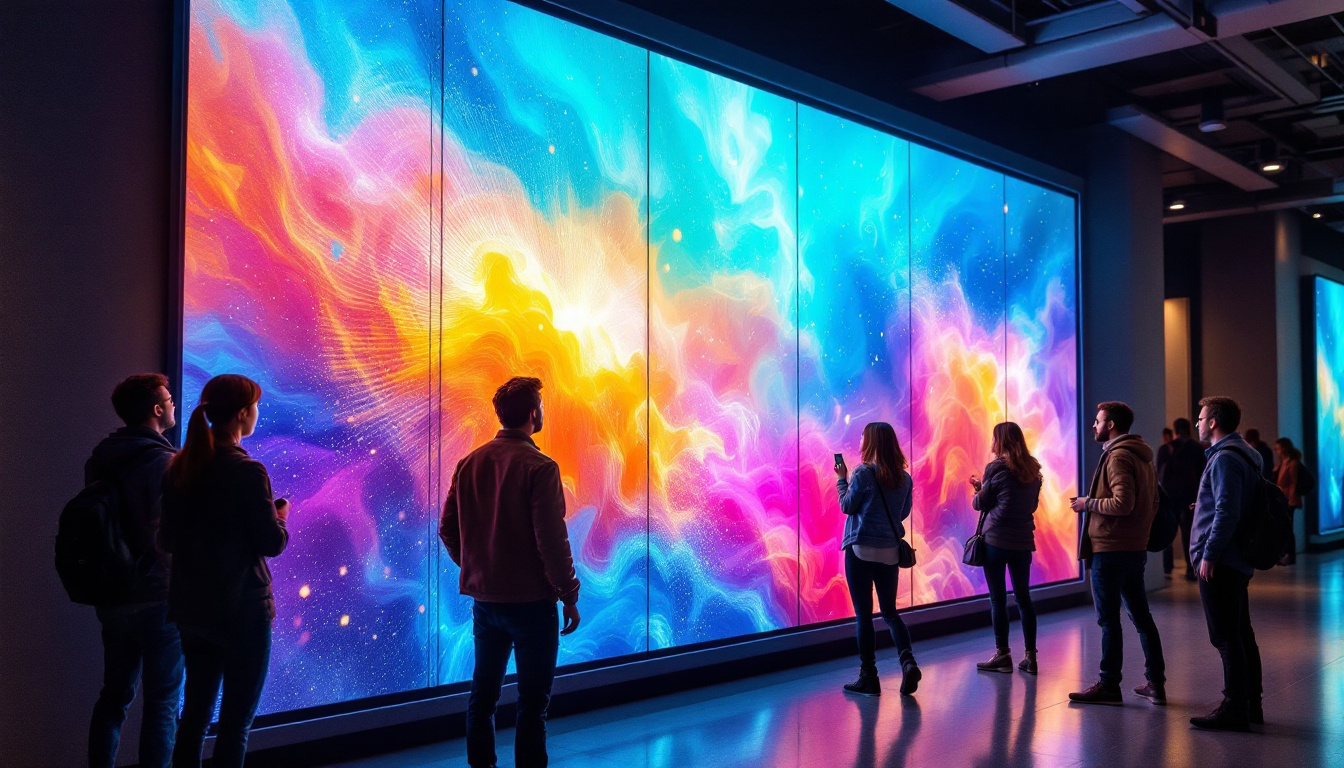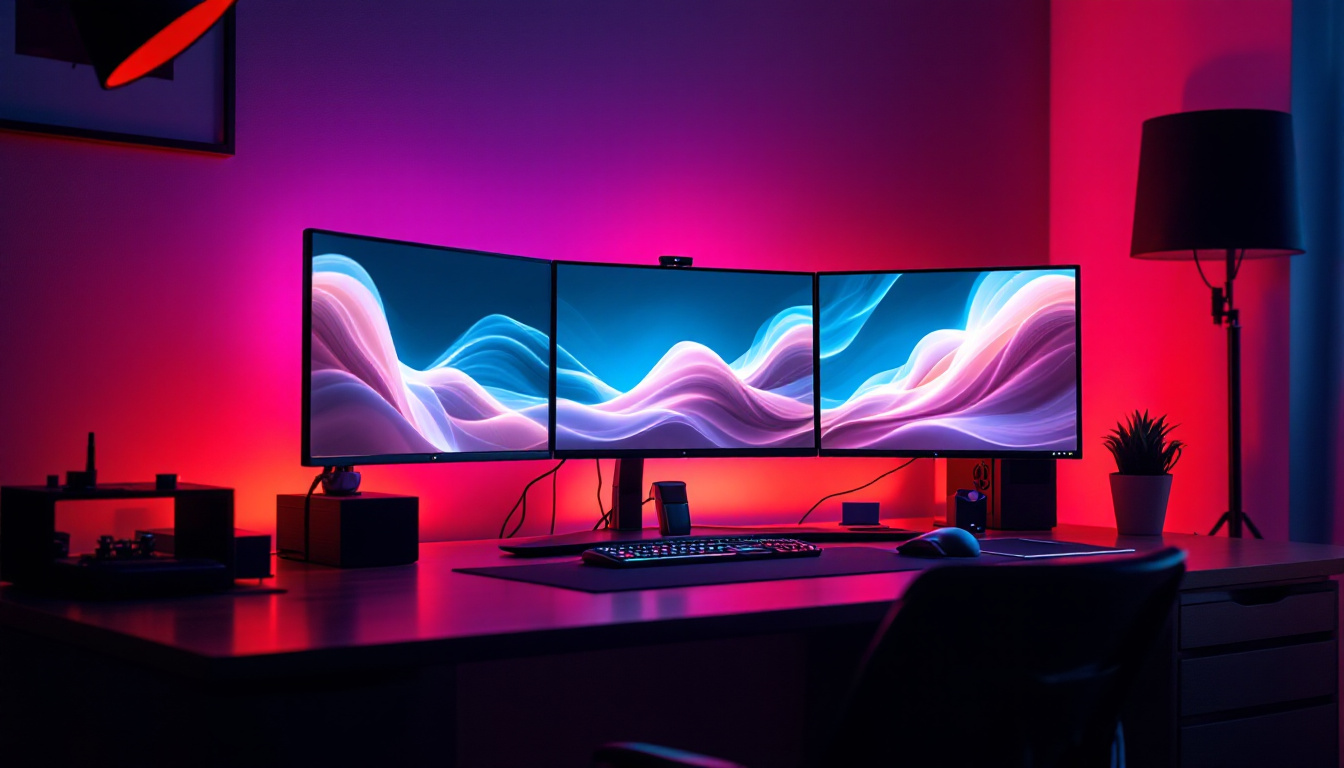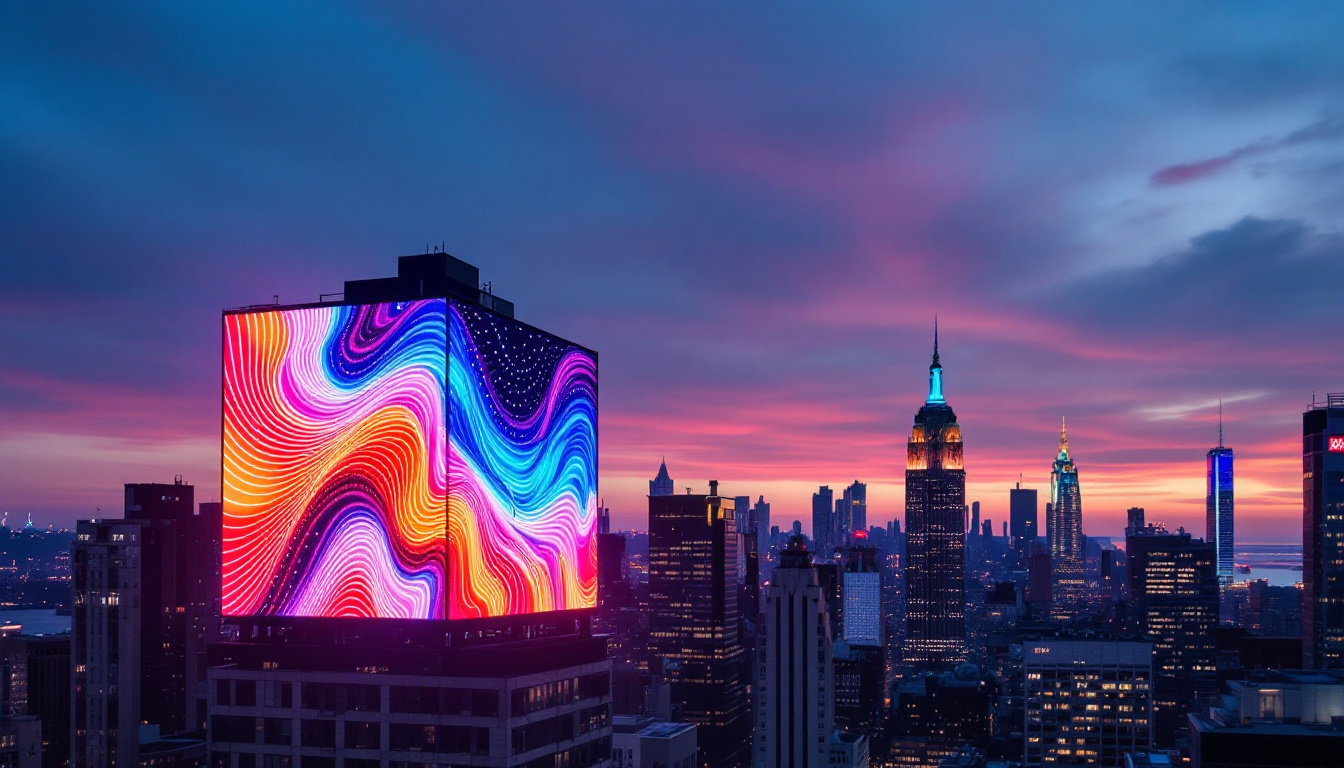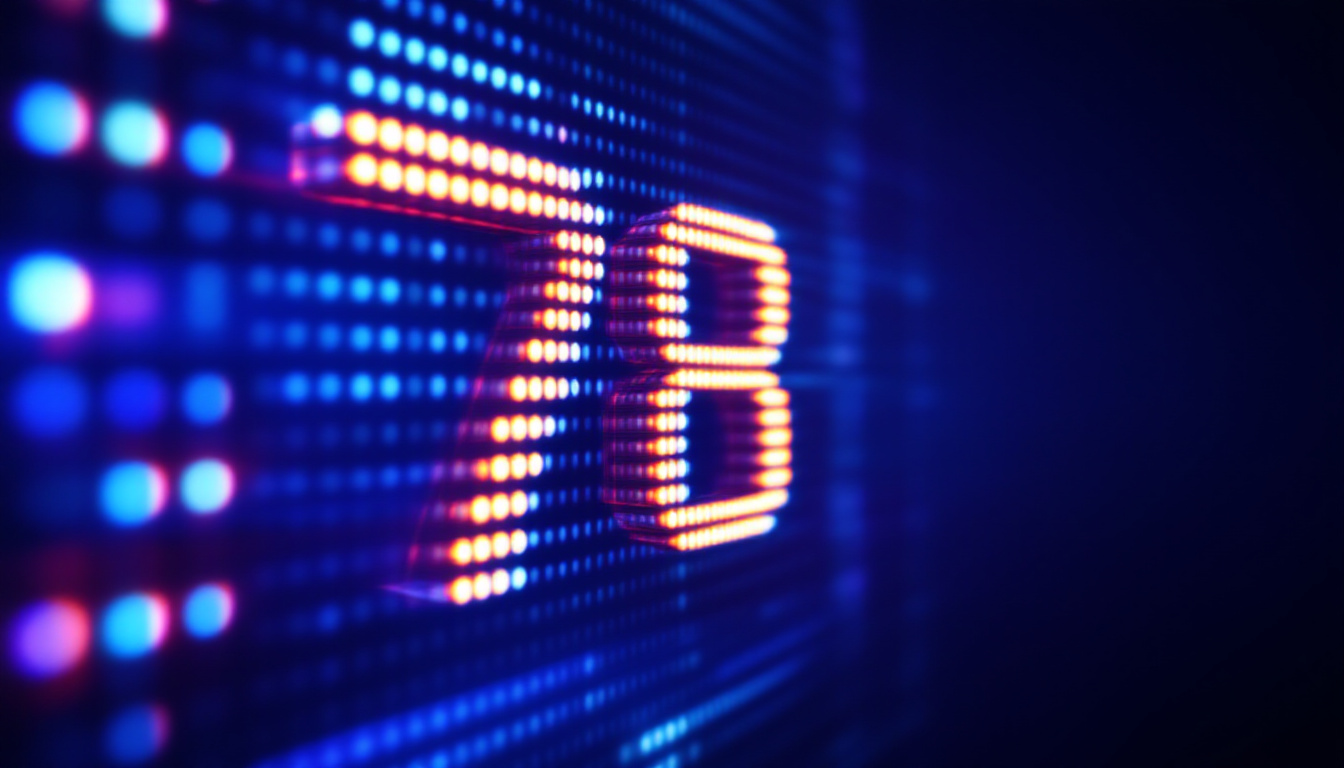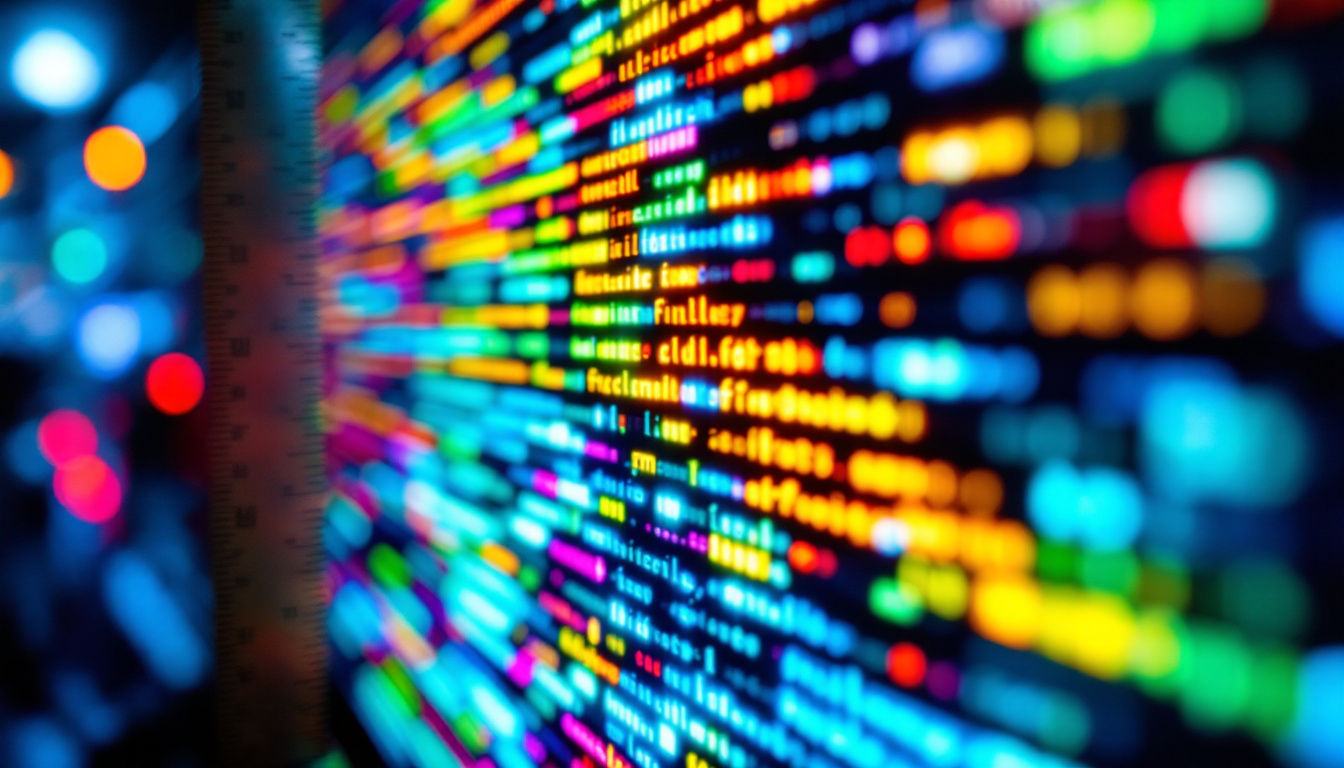In the realm of modern advertising and information dissemination, LED displays have emerged as a transformative technology. Vision Works Plano stands at the forefront of this innovation, showcasing how LED displays can enhance visibility, engagement, and communication. This article delves into the intricacies of LED displays, their advantages, applications, and the technology that powers them.
Understanding LED Technology
LED, or Light Emitting Diode, is a semiconductor device that emits light when an electric current passes through it. This technology has revolutionized the way visual information is presented, offering a vibrant alternative to traditional signage. The basic principle behind LED technology is relatively simple, yet the implications for advertising and information display are profound.
How LEDs Work
LEDs operate on a principle known as electroluminescence. When electrons move through a semiconductor material, they release energy in the form of photons, which is visible light. The color of the light emitted depends on the materials used in the semiconductor. This allows for a wide range of colors and brightness levels, making LEDs ideal for dynamic displays.
One of the key advantages of LED technology is its efficiency. Compared to traditional incandescent bulbs, LEDs consume significantly less power, making them a more sustainable choice for businesses and organizations. Additionally, their longevity—often lasting tens of thousands of hours—reduces maintenance costs and environmental impact. This durability also means that LEDs are less likely to fail suddenly, providing a reliable source of illumination that can be crucial in various applications, from emergency lighting to stage productions.
Types of LED Displays
LED displays can be categorized into several types, each designed for specific applications. The most common types include:
- Indoor LED Displays: These are typically used in venues such as shopping malls, theaters, and conference rooms. They offer high resolution and brightness, making them suitable for close viewing.
- Outdoor LED Displays: Built to withstand the elements, outdoor displays are used for billboards and large-scale advertising. They are designed for high visibility from a distance and often feature weatherproof enclosures.
- Transparent LED Displays: A newer innovation, these displays allow for visibility through the screen while still providing vibrant imagery. They are often used in retail environments to showcase products without obstructing views.
In addition to these common types, there are also specialized LED displays such as flexible LED screens, which can be bent and shaped to fit unique spaces, making them ideal for creative installations. Furthermore, advancements in technology have led to the development of microLED displays, which promise even higher resolutions and improved color accuracy. These innovations are paving the way for new applications in areas such as virtual reality and augmented reality, where immersive experiences are becoming increasingly important.
Moreover, the integration of smart technology with LED displays has opened new avenues for interactivity. With the ability to connect to the internet and utilize real-time data, these displays can change content based on audience engagement or environmental factors. For instance, a digital billboard can display targeted advertisements based on the demographics of passersby, enhancing marketing effectiveness and user experience. This level of adaptability not only maximizes the impact of the display but also allows businesses to stay relevant in a fast-paced digital landscape.
The Advantages of LED Displays
LED displays offer numerous advantages over traditional display technologies. Their unique characteristics make them an attractive choice for businesses looking to enhance their marketing strategies and improve customer engagement.
High Visibility and Brightness
One of the standout features of LED displays is their exceptional brightness. Unlike traditional displays, which may struggle in direct sunlight, LEDs maintain visibility even in bright conditions. This makes them ideal for outdoor advertising, where capturing attention is crucial.
The brightness of LED displays can be adjusted to suit different environments, ensuring optimal visibility at all times. This adaptability is particularly beneficial for businesses that operate in varying lighting conditions, such as retail stores or event venues.
Dynamic Content Capabilities
LED displays are not just static signs; they can showcase dynamic content that captures attention and engages viewers. Businesses can easily update their messages, images, and videos in real-time, allowing for timely promotions and announcements.
This capability to display changing content means that businesses can tailor their messages to specific audiences or events, enhancing the relevance of their advertising. For example, a restaurant can promote its daily specials or a retail store can highlight seasonal sales, all through eye-catching visuals.
Cost-Effectiveness
While the initial investment in LED technology may be higher than traditional signage, the long-term savings are significant. LEDs consume less power, which translates to lower electricity bills. Additionally, their durability means fewer replacements and repairs, further reducing costs over time.
Moreover, the ability to change content without needing to print new materials saves both time and resources. This efficiency is particularly valuable for businesses that frequently update their advertising or promotional materials.
Applications of LED Displays
LED displays are versatile and can be utilized in various sectors, from retail to entertainment. Their adaptability makes them suitable for a wide range of applications, enhancing communication and engagement across different platforms.
Retail and Advertising
In the retail sector, LED displays have become a staple for advertising and customer engagement. They are often used to showcase promotions, new products, and store information. The vibrant colors and dynamic content attract customers, drawing them into stores and increasing foot traffic.
Moreover, LED displays can be strategically placed at key points within a retail environment to guide customers, provide information, and enhance the overall shopping experience. This not only improves customer satisfaction but also boosts sales potential.
Events and Entertainment
LED displays play a crucial role in the events and entertainment industry. Concerts, festivals, and sporting events utilize large outdoor LED screens to broadcast performances and engage audiences. These displays enhance the experience by providing clear visuals and dynamic content that captivates viewers.
Additionally, indoor events such as conferences and trade shows often feature LED displays for presentations and interactive displays. Their ability to present information clearly and attractively makes them an essential tool for event organizers.
Transportation and Public Information
LED displays are increasingly being used in transportation systems to provide real-time information to passengers. Bus stops, train stations, and airports utilize LED screens to display arrival and departure times, gate information, and other critical updates.
These displays enhance the efficiency of public transportation systems and improve the overall experience for travelers. By providing timely information, they help reduce confusion and streamline the flow of passengers.
Challenges and Considerations
Despite their numerous advantages, LED displays come with certain challenges that businesses must consider. Understanding these challenges can help organizations make informed decisions about their advertising strategies.
Initial Costs and Investment
The initial investment in LED technology can be significant, particularly for large displays. While the long-term savings are substantial, businesses must weigh the upfront costs against their budgets and expected return on investment.
It is essential to conduct a thorough cost-benefit analysis before making a decision. Companies should consider factors such as location, target audience, and potential revenue generation when evaluating the feasibility of LED displays.
Maintenance and Upkeep
While LED displays are generally low-maintenance, they still require regular upkeep to ensure optimal performance. This includes cleaning the screens, checking for any malfunctioning LEDs, and updating content as needed.
Organizations should allocate resources for maintenance and consider partnering with professionals who specialize in LED technology. This proactive approach can help prevent issues and extend the lifespan of the displays.
The Future of LED Displays
The future of LED display technology is promising, with continuous advancements and innovations on the horizon. As technology evolves, so too do the capabilities and applications of LED displays.
Integration with Smart Technology
One of the most exciting developments in LED technology is its integration with smart systems. The rise of the Internet of Things (IoT) allows for greater interconnectivity between devices, enabling LED displays to communicate with other technologies.
This integration can lead to personalized advertising, where content is tailored to specific audiences based on data analytics. For example, a display in a retail store could change its message based on customer demographics or behaviors, enhancing engagement and conversion rates.
Advancements in Display Quality
As technology progresses, the quality of LED displays continues to improve. Higher resolutions, better color accuracy, and enhanced brightness levels are becoming standard features. These advancements make LED displays even more appealing for businesses looking to make a lasting impression.
Furthermore, innovations in flexible and transparent LED technology are expanding the possibilities for creative advertising and design. Businesses can now explore unique applications that were previously unimaginable, such as incorporating displays into architectural designs.
Conclusion
LED displays have transformed the landscape of advertising and information dissemination, offering unparalleled visibility, engagement, and versatility. Vision Works Plano exemplifies the potential of this technology, showcasing how businesses can leverage LED displays to enhance their communication strategies.
As the technology continues to evolve, organizations must stay informed about the latest advancements and trends in LED displays. By understanding the benefits, challenges, and future possibilities, businesses can make strategic decisions that align with their goals and enhance their brand presence.
In a world where capturing attention is paramount, LED displays offer a dynamic solution that not only stands out but also engages audiences in meaningful ways. As more businesses adopt this technology, the impact of LED displays on advertising and communication will only continue to grow.
Discover LumenMatrix LED Display Solutions
Ready to elevate your brand’s visual impact and captivate your audience like never before? Explore LumenMatrix’s comprehensive range of LED display solutions, from vibrant Indoor and Outdoor LED Wall Displays to innovative Transparent and Custom LED Displays. Whether you’re looking to enhance a retail space, make a statement with vehicle advertising, or engage fans with dynamic sports displays, LumenMatrix has the cutting-edge technology to bring your vision to life. Check out LumenMatrix LED Display Solutions today and join the revolution in visual communication.

